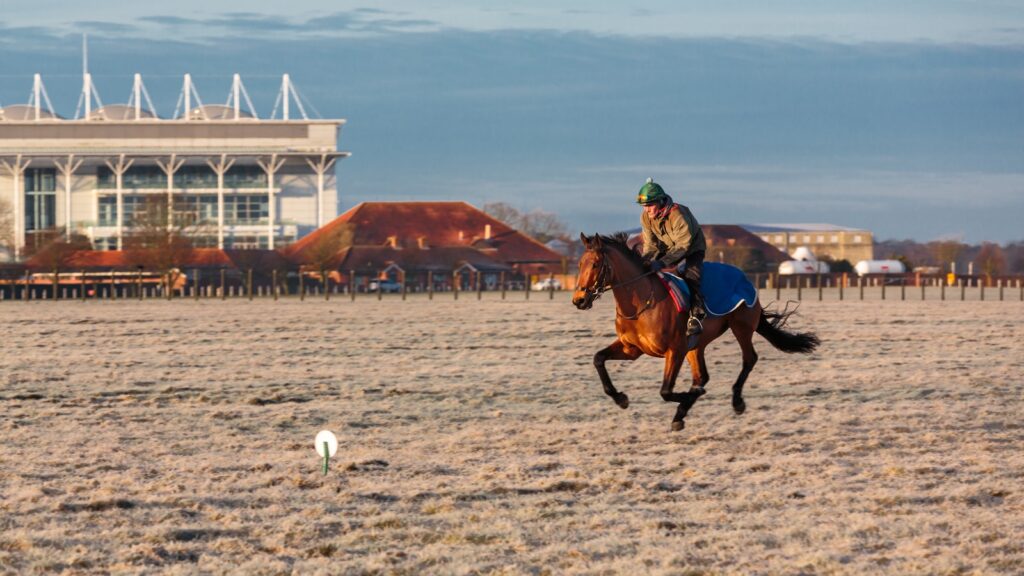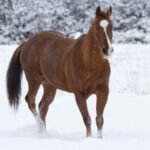In the glamorous world of equestrian sports, certain breeds like Thoroughbreds, Warmbloods, and Quarter Horses typically dominate the spotlight. However, beneath this familiar surface exists a fascinating realm of rare and heritage horse breeds that have carved unique niches in competitive riding. These lesser-known equines not only bring distinctive capabilities to various disciplines but also represent living history and biodiversity in the equestrian world. From conservation challenges to unexpected competitive advantages, rare breeds offer compelling stories that extend far beyond their rarity. This article explores the truth about these uncommon equine athletes, their contributions to equestrian sports, and why their preservation matters for the future of horsemanship.
Defining Rare Breeds in the Equestrian World

While “rare breed” may seem straightforward, the classification encompasses several dimensions beyond simple population numbers. Officially, rare equine breeds typically have registered populations under a certain threshold—often fewer than 5,000 or even 1,000 worldwide breeding individuals, though exact definitions vary by registry and country. Breeds may be categorized as rare due to geographic isolation, historical significance, or genetic distinctiveness, even if their numbers aren’t critically low. The Rare Breeds Survival Trust in the UK, the Livestock Conservancy in the US, and similar organizations worldwide maintain watchlists of breeds requiring conservation attention, using metrics like effective breeding population and genetic diversity. Beyond official designations, some breeds considered common in their countries of origin might be exceedingly rare in international equestrian competitions, creating another dimension of rarity in sporting contexts.
The Hidden Heritage of Competitive Riding
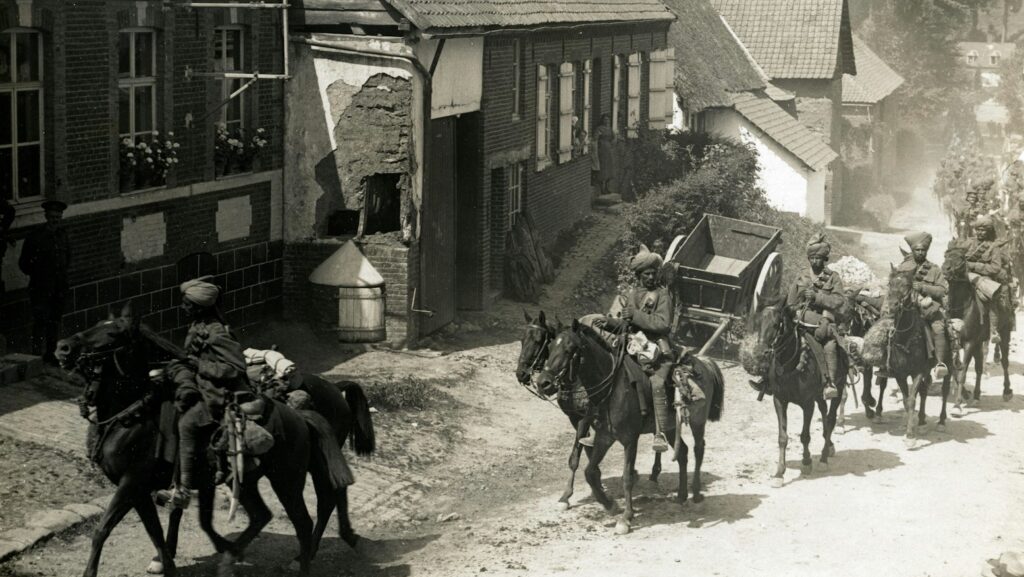
The foundations of modern equestrian sports owe more to rare breeds than many enthusiasts realize. Before the standardization of competitive disciplines and the dominance of purpose-bred sport horses, many local and regional breeds formed the backbone of riding traditions that evolved into today’s Olympic events. The elegant movements prized in dressage originated partly from the Spanish Riding School’s work with Lipizzaners, while the nimble agility valued in jumping competitions reflects attributes preserved in mountain breeds like the Haflinger. Historic military cavalries relied heavily on now-rare breeds selected for hardiness and versatility—traits that still define successful sport horses. Even the modern eventing discipline, with its demands for versatility, echoes the practical all-around abilities that characterized many heritage breeds before specialization became the norm. This historical foundation reminds us that rare breeds aren’t merely living museums but the genetic wellspring from which modern equestrian sports emerged.
Conservation Through Competition
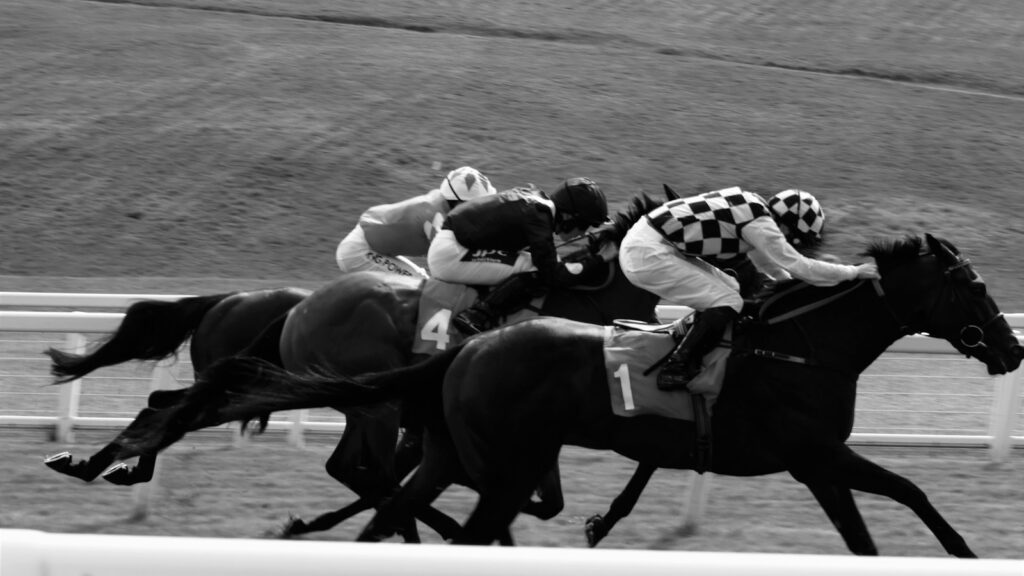
For endangered horse breeds, competitive sports have become a vital conservation strategy that goes beyond preservation for its own sake. Organizations like the Rare Breeds Survival Trust have discovered that breeds with practical purposes and competitive outlets tend to attract more dedicated breeders and enthusiasts than those maintained solely as cultural artifacts. When rare breeds demonstrate their capabilities in events like endurance riding, driving competitions, or working equitation, they create economically sustainable reasons for continued breeding programs. The Cleveland Bay, Britain’s oldest native breed and currently endangered, has seen renewed interest thanks to its success in combined driving and as a foundation for sport horse crossbreeding programs. Several conservation programs have established performance testing and sport-specific incentives to encourage breeders to maintain rare breeds’ athletic capabilities while preserving their genetic integrity. This “conservation through use” approach recognizes that for domestic animals, having a job often ensures a future more effectively than preservation efforts alone.
Unexpected Champions: Rare Breeds Excelling in Modern Competition
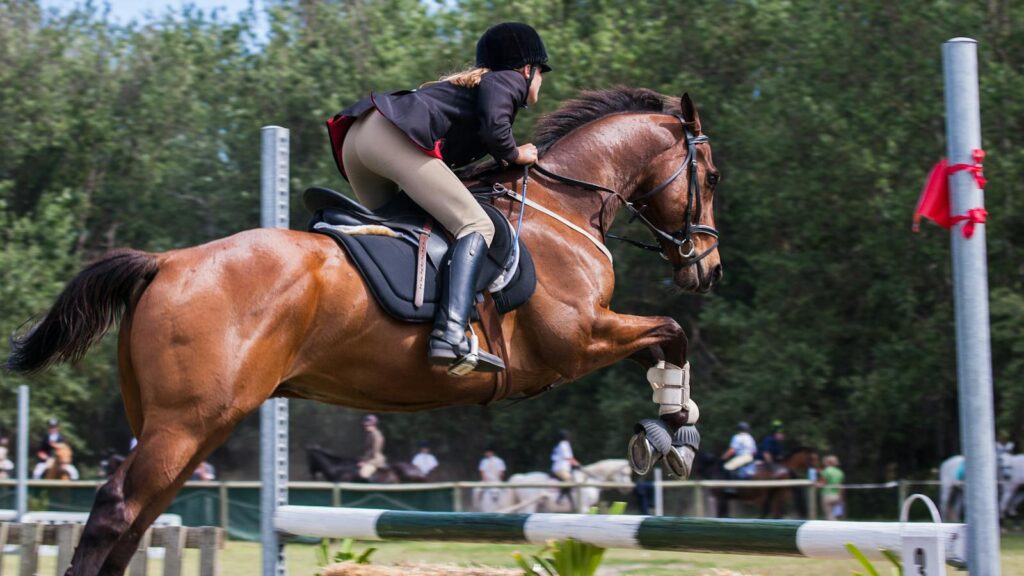
Against the odds, several rare breeds have produced exceptional athletes that challenge conventional wisdom about what makes a competitive equine. The Akhal-Teke, with fewer than 3,500 purebreds worldwide, has produced Olympic-level competitors in eventing and endurance despite lacking the mass breeding programs of more common sport breeds. Similarly, the critically endangered Colonial Spanish Horse has found success in competitive trail and endurance riding, where their legendary stamina and sure-footedness give them natural advantages. In dressage circles, the Lusitano—once overshadowed by warmbloods—has gained international recognition for exceptional collection and natural cadence, with several reaching Grand Prix levels. Even the small Caspian Horse, nearly extinct in the 1960s, has proven remarkably adept in driving competitions and as children’s jumping mounts. These success stories demonstrate that genetic diversity and specialized adaptations preserved in rare breeds can translate into competitive advantages in the right disciplines, particularly those requiring endurance, intelligence, or specialized movements rather than raw power or size.
The Specialized Adaptations of Heritage Breeds
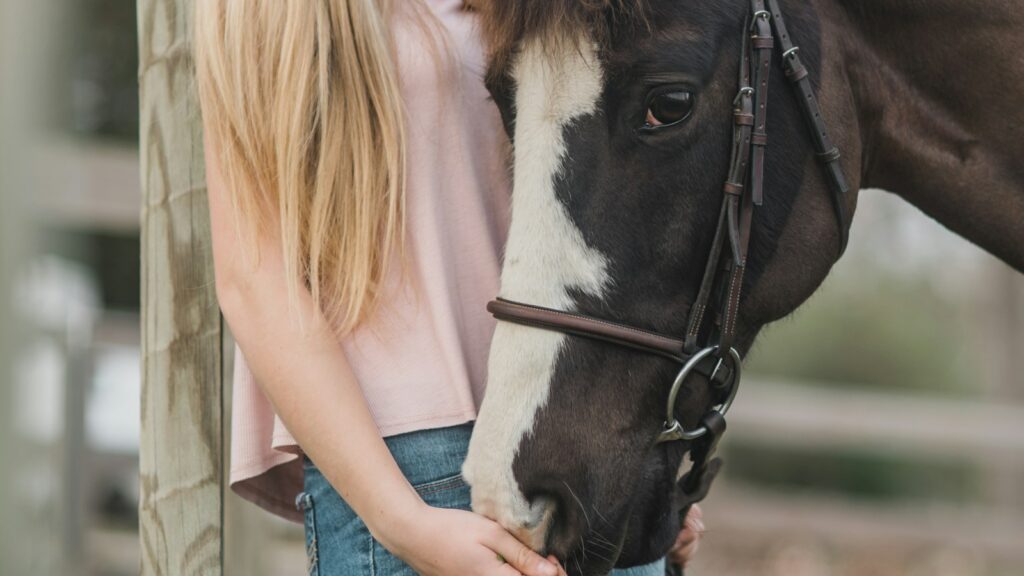
Centuries of adaptation to specific environments and purposes have equipped many rare breeds with specialized traits that can translate into unexpected sporting advantages. The Icelandic Horse’s unique tölt and flying pace gaits, developed for traversing rough volcanic terrain, make them unbeatable in five-gaited competitions and increasingly popular in endurance events. Desert breeds like the Arabian and Akhal-Teke evolved exceptional cardiovascular efficiency and heat tolerance that gives them natural advantages in long-distance competitions. Mountain breeds such as the Haflinger and Noriker developed sure-footedness and balanced conformation that serves them well in technical jumping courses and working equitation. The Spanish-derived breeds, including the rare Lipizzaner and Lusitano, naturally carry themselves with collection and elevation—movements dressage riders spend years developing in other breeds. These adaptations aren’t just curiosities but functional attributes that can give rare breeds competitive edges in disciplines aligned with their natural abilities, demonstrating the practical value of preserving diverse equine genetics.
Genetic Contributions to Sport Horse Breeding
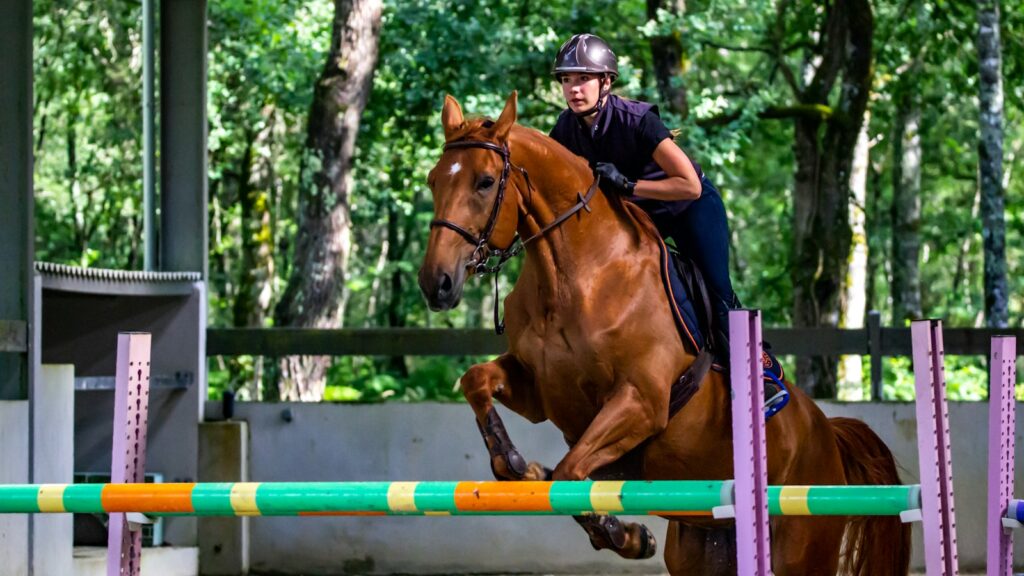
Beyond competing as purebreds, rare breeds have made profound contributions to sport horse breeding programs worldwide, often serving as “improver breeds” that introduce specialized traits. The Cleveland Bay, though endangered itself, has been extensively crossed with Thoroughbreds to produce eventers with exceptional jumping ability combined with the Cleveland’s famous stamina and level-headedness. The rare Trakehner, despite limited numbers, has been instrumental in refining warmblood breeding throughout Europe, contributing elegance, endurance, and a distinctive floating trot. Even critically endangered breeds like the Colonial Spanish Horse have genetic qualities—including exceptional soundness and longevity—that breeders increasingly recognize as valuable correctives to problems in more common sport breeds. The Irish Draught, another watchlisted breed, forms half of the famous Irish Sport Horse cross that dominates international eventing leaderboards, contributing bone, temperament, and jumping ability. These genetic contributions highlight the practical importance of maintaining rare breeds not just as cultural artifacts but as living repositories of athletic traits that may be diluted or lost in more intensively selected populations.
Overcoming Prejudice in Traditional Disciplines
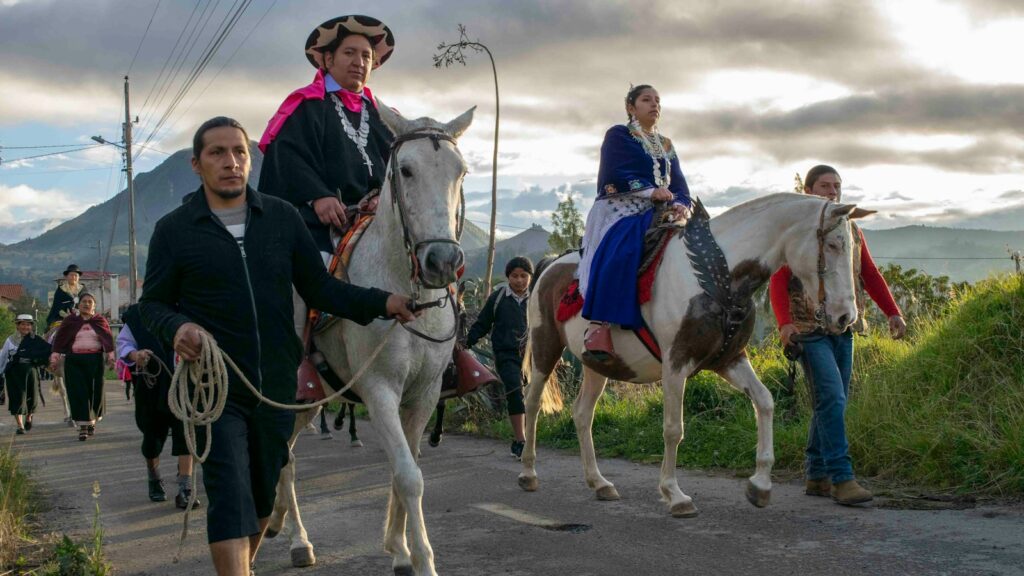
Rare breed competitors often face significant bias in traditional equestrian disciplines where judges and audiences have developed expectations about what a competitive horse should look like. Dressage, in particular, has historically favored large-moving warmbloods, creating challenges for compact breeds like the Fjord or Haflinger despite their natural balance and collection. Similarly, in show jumping, rare breeds may be overlooked despite adequate ability simply because they don’t fit the established physical profile. Organizations like the Iberian Dressage Masters and specialized rare breed showcases have emerged to create appropriate competitive venues that recognize different but equally valid expressions of athletic ability. Some pioneering trainers have made careers specifically highlighting rare breeds’ capabilities, like Portuguese riding master Nuno Oliveira who demonstrated the highest levels of classical dressage on Lusitanos when the breed was still relatively unknown internationally. The growing interest in classical riding principles has also benefited rare breeds, as these approaches often align better with their natural movement patterns than modern competitive standards designed around warmblood mechanics.
Finding Their Niche: Disciplines Where Rare Breeds Shine
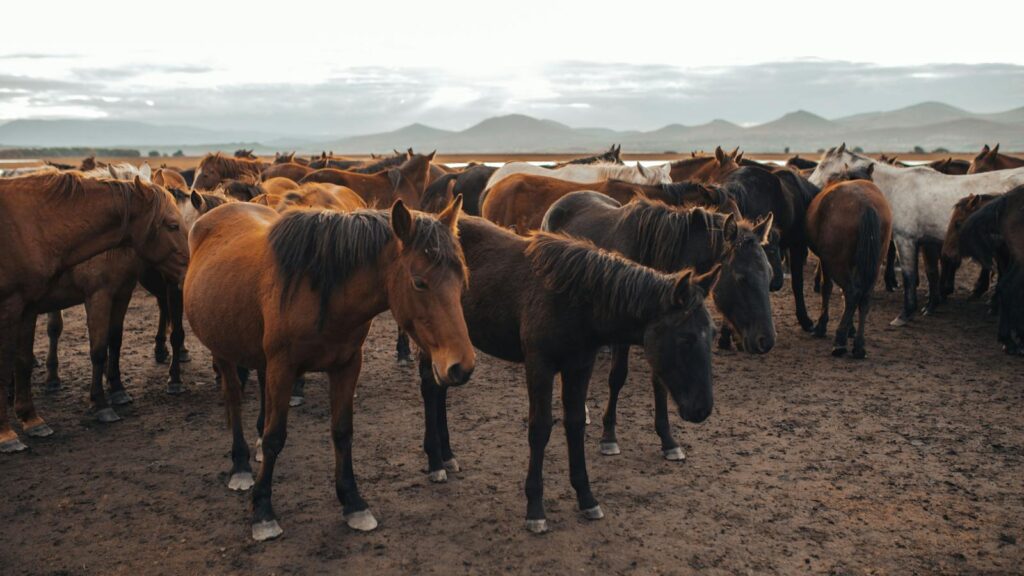
While rare breeds may struggle in mainstream competitions designed around specialized sport horses, several disciplines naturally showcase their distinctive strengths. Working equitation, with its emphasis on precision, agility, and cattle-working heritage, has become a showcase for Iberian breeds like the Lusitano and Spanish Colonial horses that might be overlooked in conventional dressage. Endurance riding frequently sees rare desert and mountain breeds excel, with Akhal-Tekes, Arabians, and Criollos demonstrating their legendary stamina and toughness over punishing distances. Traditional driving competitions have become strongholds for draft breeds like the Suffolk Punch and Cleveland Bay, whose power and steady temperaments are ideally suited to harness work. Mounted archery, tent-pegging, and other historical riding sports have created competitive niches where breeds like the Marwari and Akhal-Teke can demonstrate their agility and sensitivity. These specialized disciplines not only provide competitive outlets for rare breeds but also help preserve traditional riding techniques and cultural heritage that might otherwise be lost in the homogenization of mainstream equestrian sports.
The Economic Realities of Competing with Rare Breeds

Owners and trainers working with rare breeds face unique economic challenges that can impact their competitive viability regardless of the animals’ inherent abilities. Limited breeding populations often mean higher acquisition costs for quality specimens, while simultaneously reducing resale value due to limited market demand and recognition. Specialty tack and equipment may be necessary to accommodate unusual conformations, creating additional expenses not faced by those competing mainstream breeds. Training approaches often need customization, as techniques developed for modern sport horses may not translate effectively to breeds with different movement patterns and learning styles. The small gene pools of rare breeds can also mean fewer exceptional athletic specimens to choose from, requiring owners to invest more in training mediocre individuals or searching extensively for suitable prospects. Despite these challenges, many rare breed enthusiasts cite compensating factors like exceptional longevity, lower veterinary costs due to hardiness, and the satisfaction of preserving living history as economic benefits that offset the competitive disadvantages in the long term.
Notable Rare Breed Success Stories
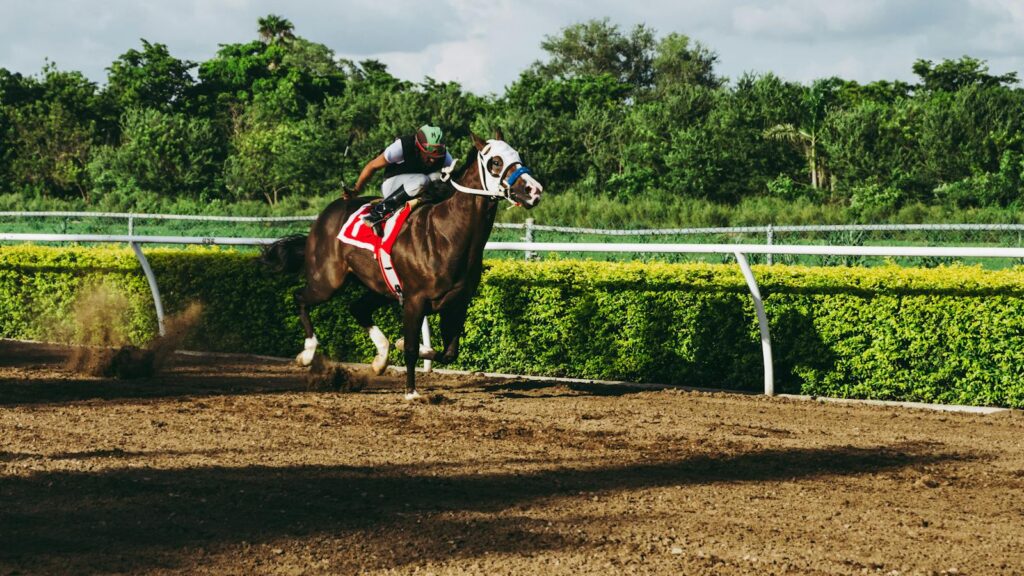
Despite the odds, individual rare breed horses have achieved remarkable competitive success that demonstrates their potential at the highest levels. The Akhal-Teke gelding Absent won individual gold in dressage at the 1960 Olympics for the Soviet Union, proving the ancient breed’s capability at the sport’s pinnacle. In endurance riding, the Criollo breed made international headlines when a small stallion named Mancha traveled 21,500 kilometers from Buenos Aires to Washington D.C. over three years, demonstrating legendary stamina that modern endurance competitors of the breed still benefit from. The Lusitano stallion Novilheiro, ridden by Spanish Olympic team member Juan Antonio Jimenez, achieved international Grand Prix success in dressage during the 1990s, helping establish the breed’s credibility in a warmblood-dominated sport. More recently, Cleveland Bay crosses have appeared on Olympic eventing teams, while purebred Haflingers have achieved FEI-level success in driving competitions. These individual achievements serve as powerful counterpoints to assumptions about rare breeds’ competitive limitations and inspire conservation efforts by demonstrating their practical value in modern sports.
Preservation Challenges in a Performance-Focused World
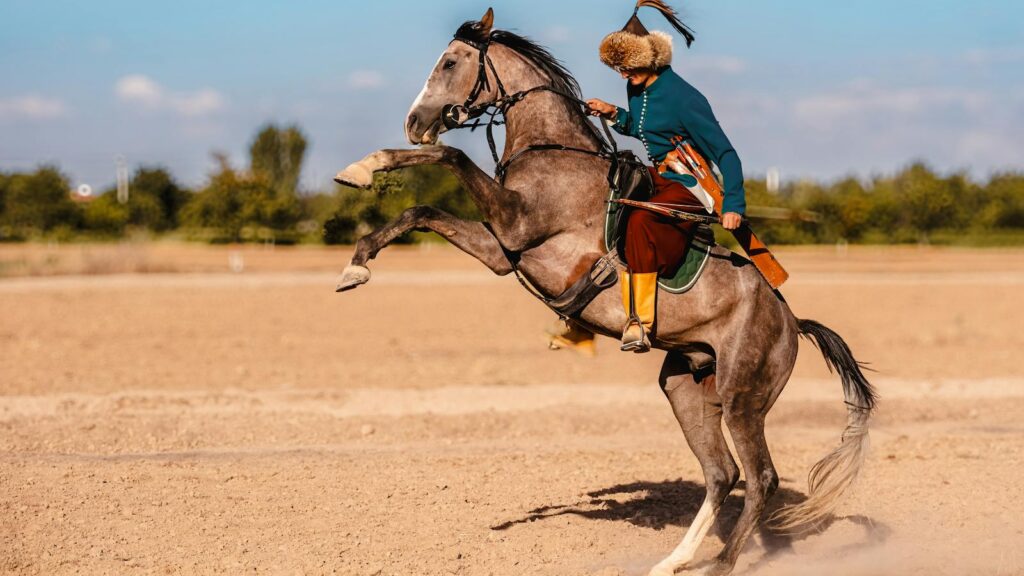
The emphasis on competitive success creates complex challenges for rare breed preservation, often pulling conservation efforts in contradictory directions. Breeding selectively for performance can accelerate the loss of genetic diversity in already limited populations, potentially sacrificing hardiness, temperament, or historical type in pursuit of competitive edges. Crossbreeding programs, while creating useful sport horses, can threaten purebred populations when limited numbers of mares are diverted to producing crosses rather than maintaining the original breed. The financial realities of equestrian sports may pressure breeders to modify traditional types to meet competitive demands, gradually eroding the distinctive characteristics that made the breed unique in the first place. Performance testing, while valuable for maintaining athletic ability, can sometimes narrow breeding goals toward current competitive standards rather than preserving the all-around capabilities that characterized many heritage breeds historically. Balancing these tensions requires sophisticated conservation strategies that preserve genetic diversity and historical type while still maintaining the athletic capabilities that ensure continued demand for and interest in the breeds.
The Future Role of Rare Breeds in Equestrian Sports
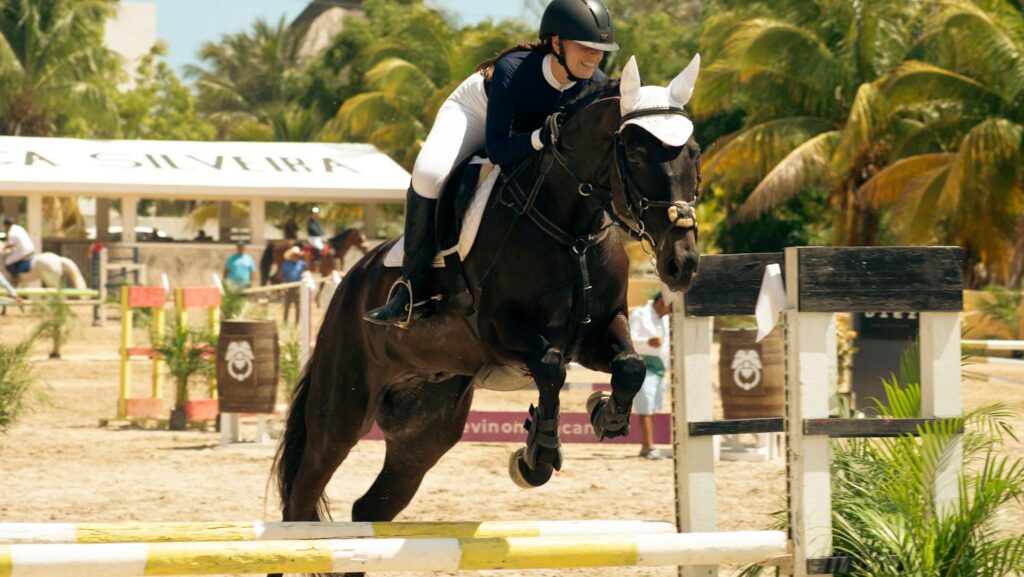
Several emerging trends suggest rare breeds may play increasingly significant roles in the future evolution of equestrian sports. Growing concerns about soundness problems and shortened competitive careers in intensively selected modern sport horses have renewed interest in heritage breeds’ legendary durability and longevity. The expanding popularity of classical riding approaches and historical equestrian arts has created performance venues where rare breeds’ traditional movement patterns are valued rather than penalized. Increasing participation in endurance sports and adventure riding has highlighted the importance of hardiness and adaptability traits often preserved in rare breeds but diluted in specialized competition lines. Organizations like the FEI have begun recognizing a wider variety of disciplines, including working equitation and TREC (Techniques de Randonnée Équestre de Compétition), creating international competitive outlets where rare breeds’ versatility shines. Perhaps most significantly, a growing ethical consciousness around animal sports has increased interest in breeds developed through selection for sound function rather than extreme specialization, potentially positioning rare breeds as exemplars of sustainable equestrian practices for the future.
How Enthusiasts Can Support Rare Breeds in Competition
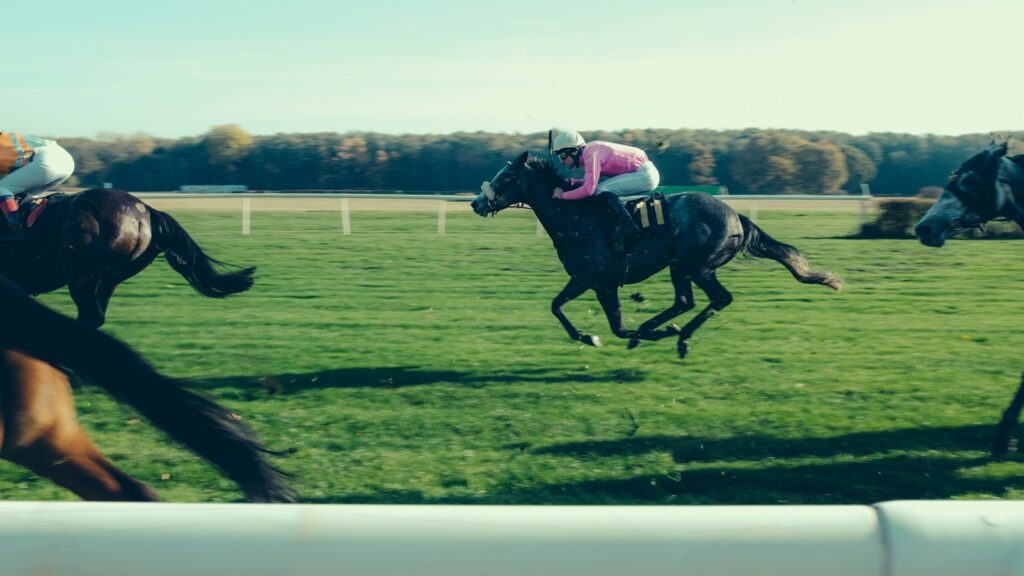
Individual riders and equestrian enthusiasts can play crucial roles in supporting rare breeds’ continued presence in competitive sports through multiple avenues. Competitors can showcase rare breeds in open competitions, even if not always placing at the top, to increase visibility and demonstrate their capabilities to wider audiences. Spectators can educate themselves about rare breeds appearing in competitions, recognizing and appreciating their distinctive qualities rather than judging them against mainstream breed standards. Judges and officials can work to develop awareness of different but equally valid expressions of athletic ability across diverse breed types. Breed enthusiasts can volunteer with conservation organizations to help develop performance standards and competitive opportunities specifically suited to showcase rare breeds’ strengths. Horse buyers considering competitive prospects can research rare breeds whose natural attributes align with their chosen discipline, potentially discovering the perfect partner outside the usual suspect breeds. Through these collective efforts, the equestrian community can ensure that rare breeds remain viable sporting choices, preserving both biodiversity and the rich cultural heritage they represent for future generations of riders.
conclusion
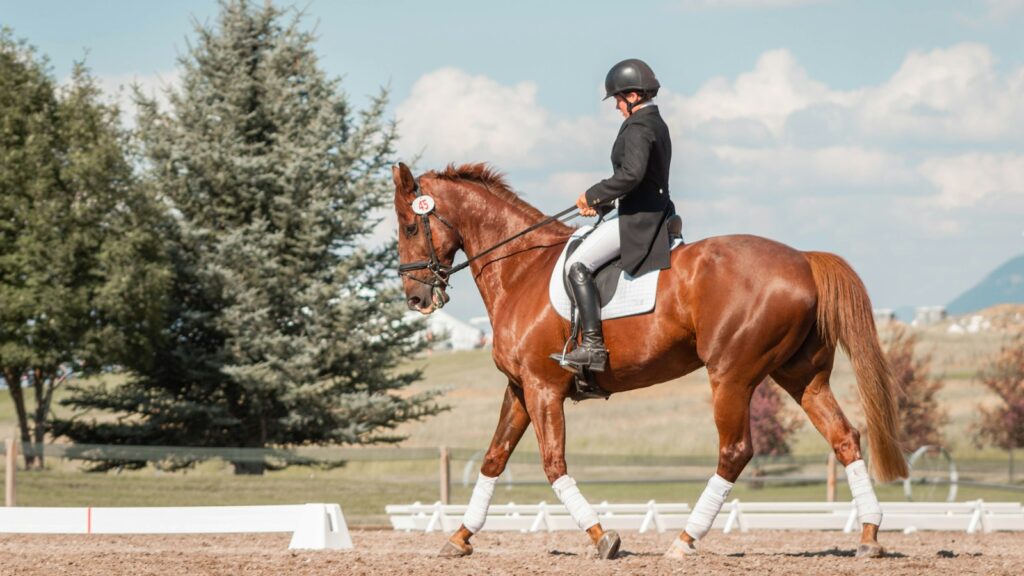
The world of equestrian sports has much to gain from embracing the diverse capabilities of rare horse breeds. These living repositories of genetic diversity and historical horsemanship bring unique attributes to competitive riding that enrich the sporting landscape. Though they face challenges in disciplines designed around more common breeds, rare equines have repeatedly proven their value in appropriate competitions that showcase their natural strengths. Beyond their competitive contributions, these breeds represent our connection to equestrian heritage and provide genetic resources that may prove invaluable for future breeding programs. By recognizing and supporting rare breeds in competitive contexts, the equestrian community helps ensure their preservation not as museum pieces but as vital, working partners in the continued evolution of horse sports. Their stories remind us that excellence in equestrian pursuits comes in many forms, and that sometimes the most remarkable athletes are found outside the mainstream.

